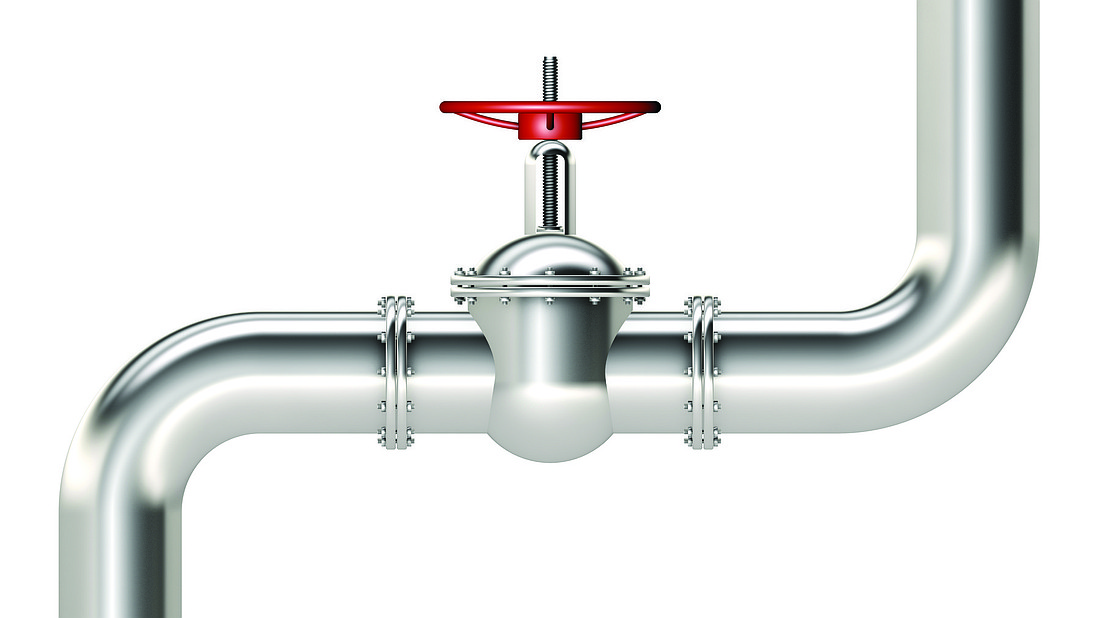- May 4, 2024
-
-
Loading

Loading

Think back to this morning, when you flushed your toilet and turned on the sink. The water probably flowed down the drain without incident. Did you think much about where the water would go and how it would get there? Probably not.
Town Manager Dave Bullock often describes how government touches citizens’ lives in ways they don’t always realize. Water and the way it doesn’t typically come back up through a toilet or drain is one of those examples.
Although most citizens don’t have wastewater on their minds, town officials have given the topic plenty of attention since 2012, when they began planning to replace a 12,000-foot water forcemain that traverses Sarasota Bay and carries the 2.5 million gallons of wastewater Longboat Key generates on an average day to a Manatee County treatment plant.
Construction of the forcemain will begin in 2016 and could be completed within six months at a cost that Bullock estimates will be about $20 million, “give or take.”
The current pipe was constructed in 1973, when environmental restrictions were lax. It crosses some of the most fertile seagrass habitats in Sarasota Bay. If the town were to seek an open marine trenching permit to build a replacement pipe through seagrasses, it’s unknown how long the approval process would take.
That’s why the town is seeking to drill approximately 150 to 200 feet below the bay, which “immensely simplifies the permit process” and will not impact seagrass or mangroves, according to Bullock.
Designers have some latitude in determining the pipe’s pathway, but it will roughly follow the existing pipe from Gulf to Bay Drive on Longboat Key to the Long Bar Pointe area of Manatee County.
“You’ll have two drill rigs drilling toward each other,” Bullock said. “The technology is such that they’ll actually meet in the middle.”
Why spend millions to replace a wastewater forcemain that’s working when the town has so many other projects — such as beach renourishment, developing town center concepts and rewriting the town’s land development codes and comprehensive plan — in its pipeline?
The town has inspected the pipe visually but it’s impossible to inspect the inside of the pipe. Although the pipe is doing its job — evidenced by the fact that wastewater isn’t spilling into Sarasota Bay — town officials don’t know the pipe’s condition or life expectancy and are being proactive about its replacement.
Contractors won’t touch the current pipeline during construction. After the new pipeline is completed, the town will switch the flow to the new one. Then, the town will be able assess the old pipeline, which could be modernized and used for other purposes, such as pumping irrigation or for fiber optic cable or as a backup to the new pipeline.
Both pipelines will be equipped with technologies that allow the town to monitor their conditions.
“It’s going to happen,” Bullock said. “It’s not a matter of whether we decide to do it. It’s going to happen.”
Paying for the pipe
The vast majority of the pipeline’s cost will be paid through utility fees. That means users will pay for the project through higher utility bills, although Bullock isn’t sure how much the increase will be.
The town is exploring options for financing the project, including obtaining bonds, low-interest loans through the Florida Department of Environmental Protection or commercial loans.
Users shouldn’t worry about a steep increase in fees. Because the forcemain could have a 100-year lifespan, users will pay for it over a long period of time.
“It’s very fair to spread the cost over 20 or 30 years for the people who are going to be using it,” Bullock said.
